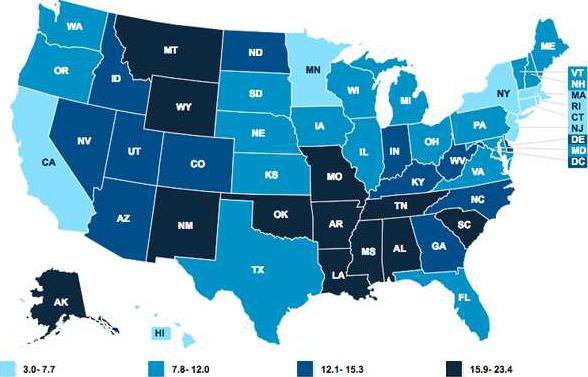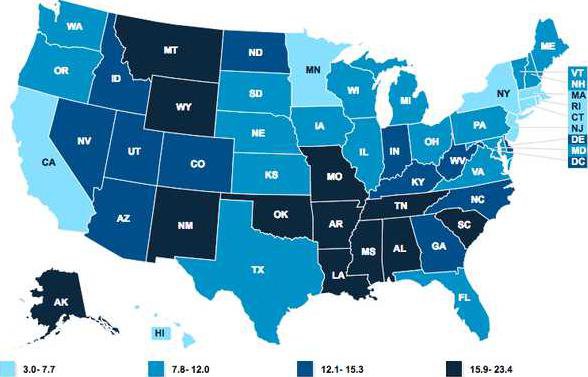Nevada, where a lone gunman shot and killed nearly 60 people on Sunday, ranks 15th in the nation in firearms-related deaths, averaging 15.0 firearm deaths per 100,000 people, according to data from the The Kaiser Family Foundation.
The foundation compiled a table of statistics from the CDC on mortality rates by firearms in 2015, which includes police shootings, suicide and accidental shootings.
The Las Vegas shooting was the most deadly in U.S. history, with more deaths and injuries than any mass shooting in the last 33 years.
On Sunday night, 59 people were killed and 515 more were injured in a mass shooting along the Las Vegas Strip. The shooter, Stephen Paddock, opened fire from the 32nd floor of the Mandalay Bay Resort and Casino, spraying bullets on thousands of people who were watching a country music festival concert.
The Kaiser Foundation data has been mapped showing which states have the highest and lowest death rates.
Alaska topped all states with 23.4 deaths per 100,000 people, according to the data from 2015, according to Business Insider.
Meanwhile, Massachusetts and Hawaii were the lowest with 3.0 and 3.6 deaths per 100,000 people, respectively.
The foundation compiled a table of statistics from the CDC on mortality rates by firearms in 2015, which includes police shootings, suicide and accidental shootings.
The Las Vegas shooting was the most deadly in U.S. history, with more deaths and injuries than any mass shooting in the last 33 years.
On Sunday night, 59 people were killed and 515 more were injured in a mass shooting along the Las Vegas Strip. The shooter, Stephen Paddock, opened fire from the 32nd floor of the Mandalay Bay Resort and Casino, spraying bullets on thousands of people who were watching a country music festival concert.
The Kaiser Foundation data has been mapped showing which states have the highest and lowest death rates.
Alaska topped all states with 23.4 deaths per 100,000 people, according to the data from 2015, according to Business Insider.
Meanwhile, Massachusetts and Hawaii were the lowest with 3.0 and 3.6 deaths per 100,000 people, respectively.








